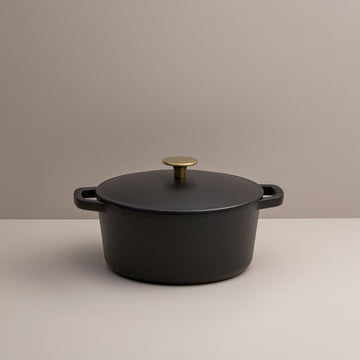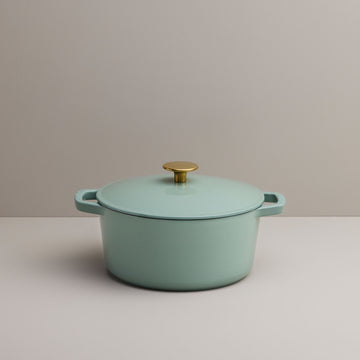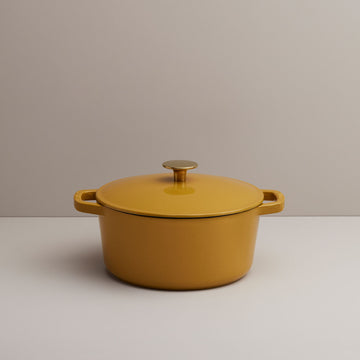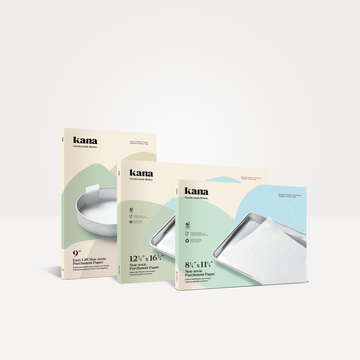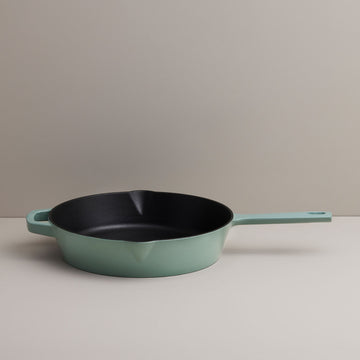When my husband was first diagnosed with celiac disease 11 years ago we had to completely revamp our pantry. Gluten can be found in so many products you would never think of - like some brands of powdered sugar, baking powder, corn starch, vanilla extract, etc. Having a well-stocked pantry is the key to successful gluten free cooking and baking. Gluten free pantries require all the standard essentials of a standard pantry, but they also must include numerous specialty gluten free ingredients.
Here is a list of my must-have pantry essentials that I always keep stocked.
Gluten free all-purpose flour blend
A pre-made all-purpose flour blend of various flours and starches that can be used in traditional recipes as a 1:1 substitute. Just measure and use as you would regular gluten filled flour, no other ingredients need to be added. This is a must-have if you don’t want to spend a lot of time and money making your own gluten free flour blend. I use a gluten free all-purpose flour blend all the time for baking muffins, cookies, quick breads, pancakes, and much more.
Blanched fine almond flour
Milled from whole almonds ground into a fine very flour. Almond flour is loaded with protein, fiber, healthy fats, and packed with nutrients. I love using almond flour in my baking, it gives such a great texture, has a rich buttery flavor, and adds a slight sweetness to recipes. It’s also naturally gluten free, low carb, grain free, paleo, and keto-friendly.

Gluten free old fashioned rolled oats
Oats themselves are naturally gluten free, but often get cross-contaminated with wheat either in the fields they are grown in or in their processing. Oats that are certified gluten free have to be grown in dedicated fields, harvested with dedicated equipment, processed in a gluten free facility, and tested to meet gluten free standards. Because my husband is celiac, I only buy certified gluten free oats. I love rolled oats, I use them almost daily. They are inexpensive, provide an excellent source of healthy complex carbs, protein and fiber, and have so many uses. I use them to make homemade granola, overnight oats, muffins, cookies,protein bars, and more. You can even make your own oat flour at home by blending oats in the blender.
Natural nut butters
I only buy natural nut butters that contain at the most two ingredients - nuts and salt. I always have multiple jars of nut butters in my pantry. Peanut butter, almond butter, cashew butter, you name it. Natural nut butters are a good source of healthy fats and protein and go well with so many things. I love adding them to smoothies, oatmeal, on top of a gluten free pancakes or waffles, with fruit and in my baking. Not to mention the classic PB&J sandwich on a few slices of gluten free bread.
JOIN THE CLUB
Like this story?
You’ll love our newsletter!
You’ll love our newsletter!

Raw honey & pure maple syrup
Healthy natural alternative sweeteners to refined sugar, both raw honey and pure maple syrup have a low glycemic index so they won’t spike your blood sugar. I love using both in my baking to replace granulated sugar in recipes whenever possible. Raw honey and pure maple syrup are an easy substitution for each other, so you can decided which one you prefer to use. If you are vegan, pure maple syrup is an excellent choice. Besides topping pancakes and waffles, both raw honey and pure maple syrup are excellent for adding sweetness to yogurt, oatmeal, baked goods, smoothies, and hot tea.

Raw Nuts & Dried Fruit
Raw nuts and dried fruit are an easy and healthy go-to snack in our house. I always keep my favorites stocked - almonds, cashews, pistachios, pecans, walnuts, dried cranberries, raisins, and Medjool dates. I also love using them to make homemade granola and cookies. Raw nuts should be stored in the freezer to keep them fresh longer. Both are great additions to oatmeal and make great toppings for salads.
Tamari (gluten free soy sauce)
You may be surprised to learn that regular soy sauce has gluten in it, I know it shocked me at first. Gluten free soy sauce, also known as Tamari, taste exactly the same as soy sauce and is a must-have ingredient in Asian cooking. I love using tamari in marinades, sauces, with sushi, and on steamed brown rice. Tamari is stocked in most grocery stores and there are quite a few brands that make it so it’s very easy to find.
Gluten free dried pasta
Pasta, who doesn’t love it? The most convenient item to have in your pantry for an easy dinner you can throw together in minutes. Gluten free pasta comes in so many different options to choose from - quinoa flour, rice flour, potato starch, chickpea flour, corn flour, etc. The texture of gluten free pasta is much different than that of regular pasta. There are a few key things to make sure gluten free pasta performs well - first and foremost, do not overcook it, make sure to leave it al dente. There’s nothing worse than pasta that falls apart and is gummy or slimy. Take my word for it, don’t overcook your pasta. The second is choosing a gluten free pasta that is made from a blend of flours, not just one. I have found over the past 11 years that pasta which is made from multiple flours and starches holds up better than others made with just one ingredient and has a better overall structure and taste.
Emily Chave the home cook, recipe developer, photographer, stylist, and voice behind Glutenless Apron, a food blog overflowing with delicious gluten-free and celiac-friendly recipes
Keep exploring
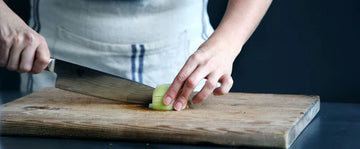
Celebrating women’s contribution to food history
Throughout history, women have been at the forefront of changing the way we look at food. From inventing the modern cooking show to coining the term “stir fry”, here are five women who have helped broaden the way we see and prepare food.

How to get your garden ready for spring
By April spring is in full swing and it’s the perfect time of year to start planning your garden. So while the April showers come down, get started with these simple steps that will help put a smile on your face as you watch your garden come together.
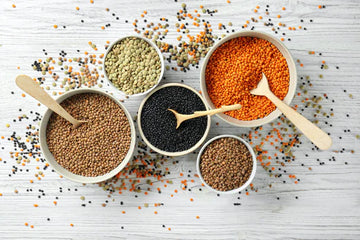
5 sustainable foods to cook for an eco-friendly kitchen
Cooking with these environmentally-friendly ingredients is a simple way you can reduce the carbon footprint of your kitchen today.

5 successful strategies when cooking for large families
Mealtime doesn’t need to be stressful just because you have a lot of mouths to feed. Here are some simple strategies to decrease the time you spend preparing and cooking meals, and keep everyone (relatively) happy and complaint-free at the dinner table.
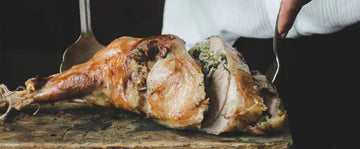
3 ways to cook turkey this holiday season
Turkey dinner is a steadfast tradition for many of us during the Holidays. From the benefits of brining to thinking twice about basting, here are three great ways to cook your turkey as part of a festive feast.
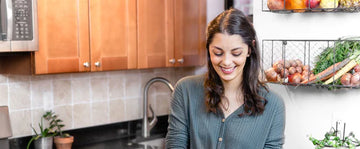
An interview with Julia Estrada, Kana's newest baking queen
Julia Estrada is the face behind the delectable blog, Bread & Basil, and she certainly knows her way around the kitchen. Baking is her true love, and you'll often find her making artisanal breads in her New York City apartment.
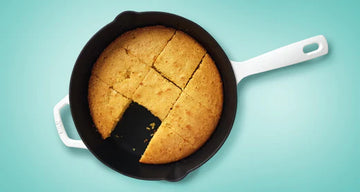
5 deliciously easy flour-free bread recipes
Simple bread recipes to make at home when you're running short on wheat flour.
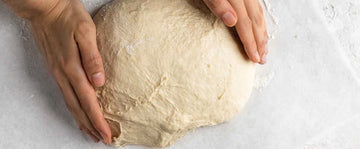
Demystifying gluten
You’ve definitely heard of gluten, but do you know how it plays a role in baking? Today we’re diving into the science behind gluten and sharing tips for understanding it in your baking.
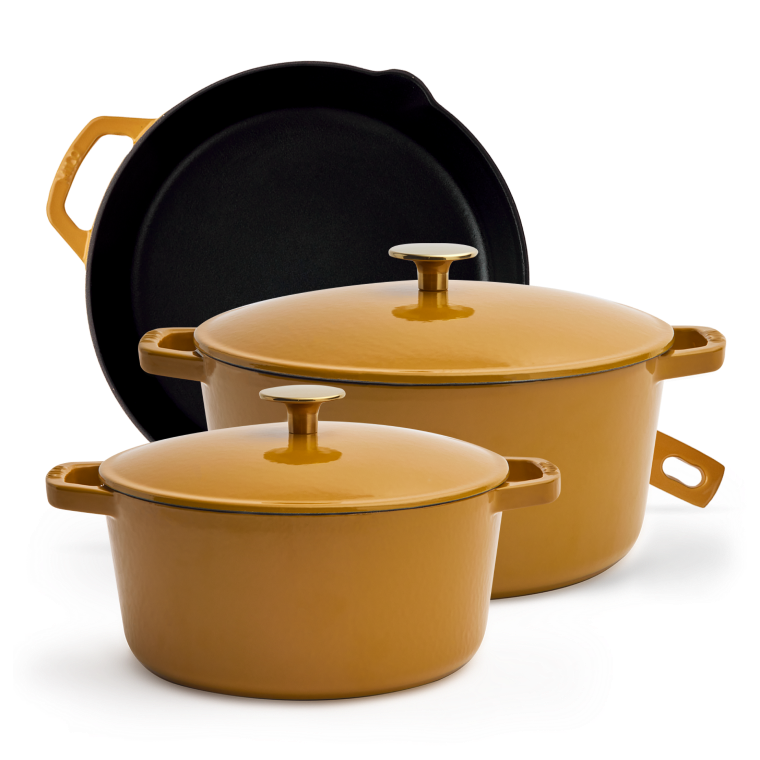
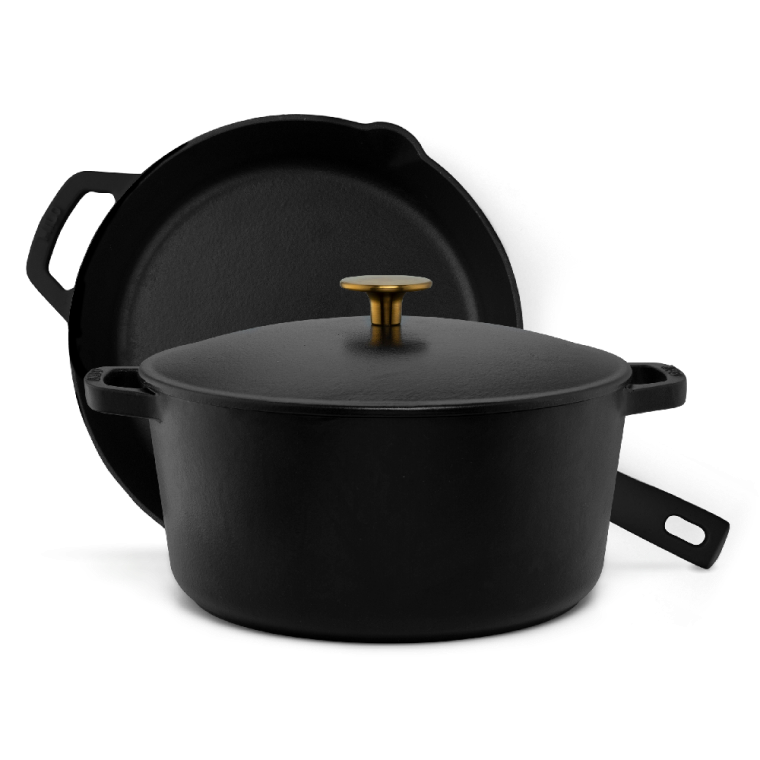

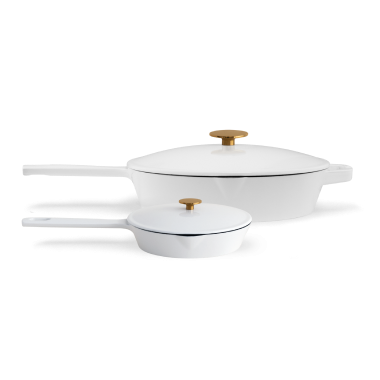


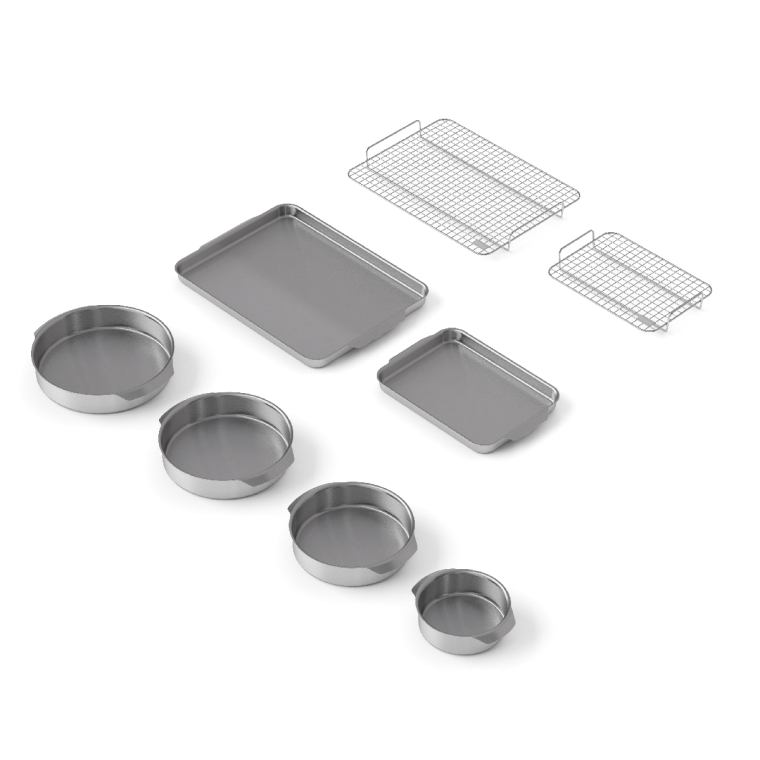
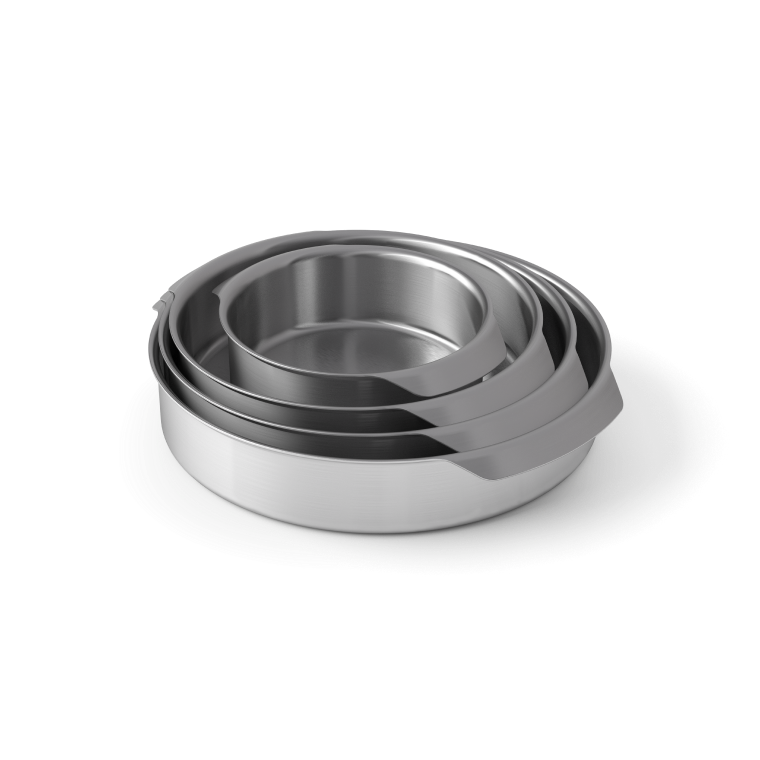


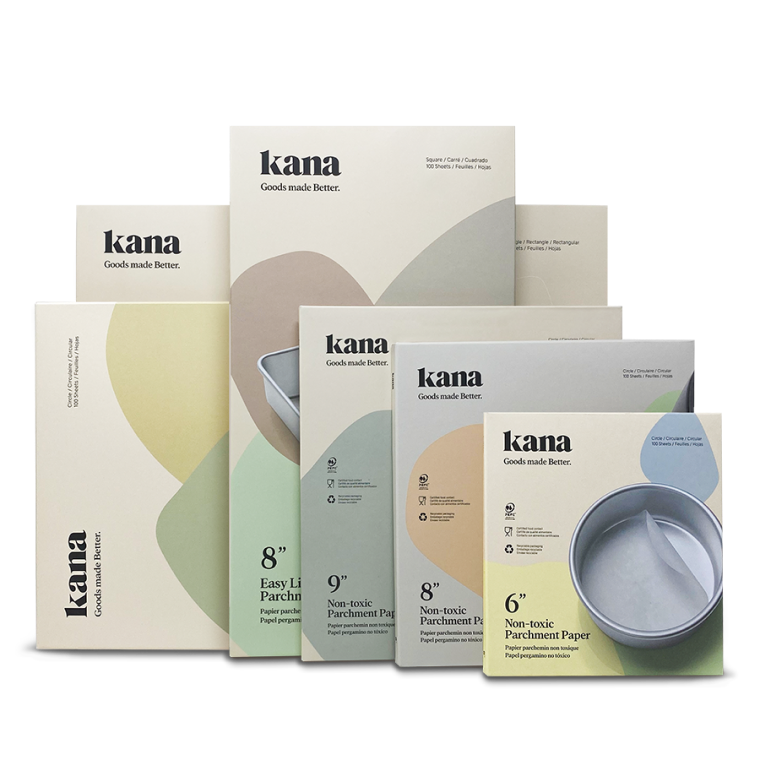





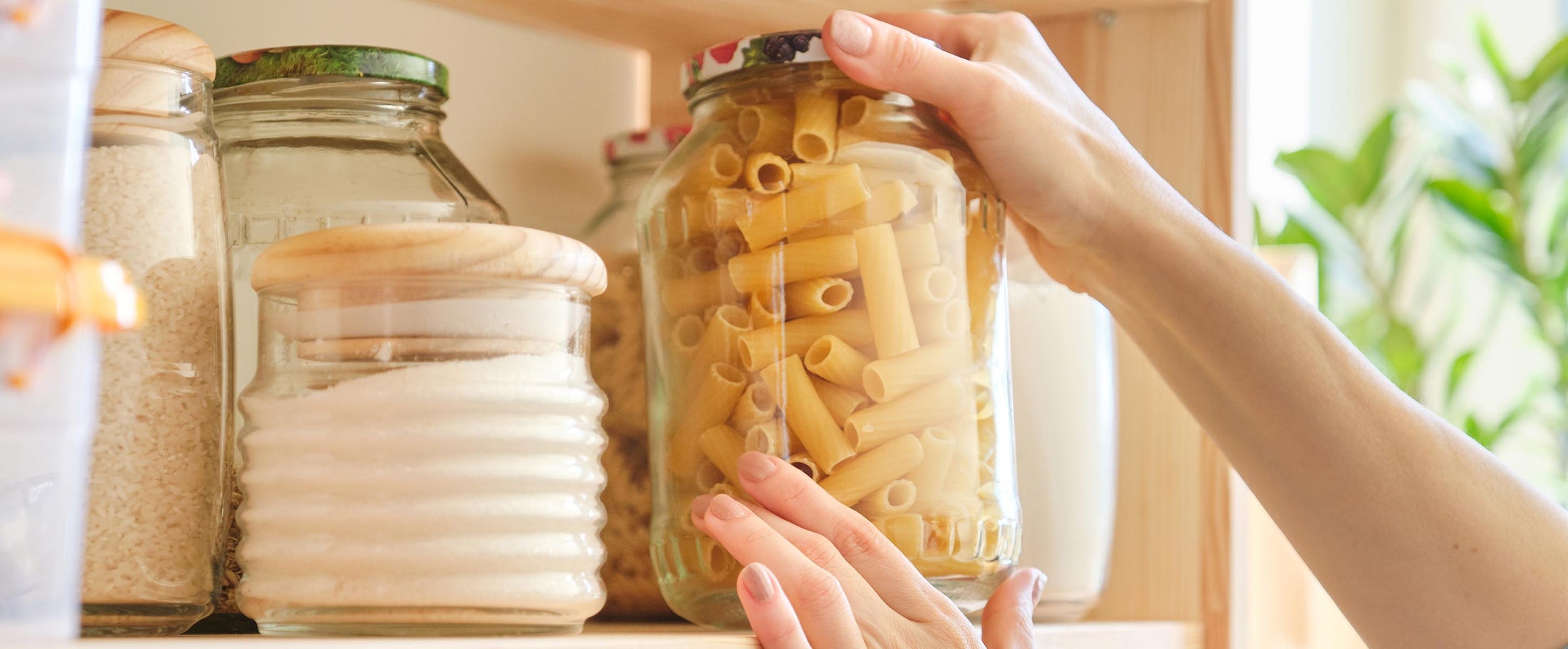

 5.5 Quart Dutch Oven
5.5 Quart Dutch Oven
